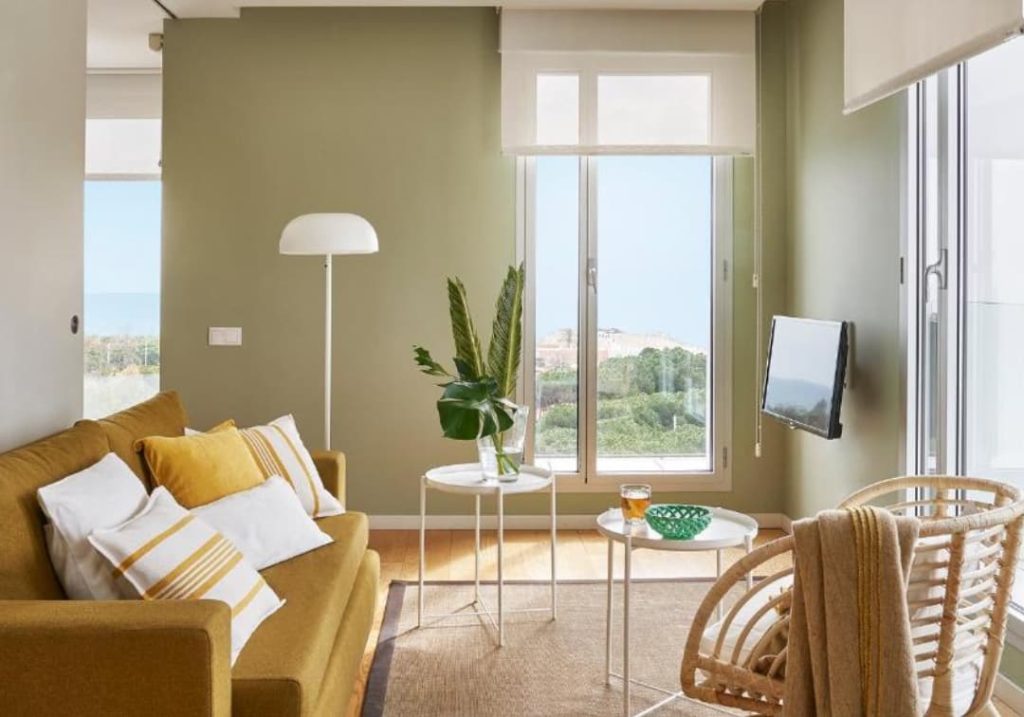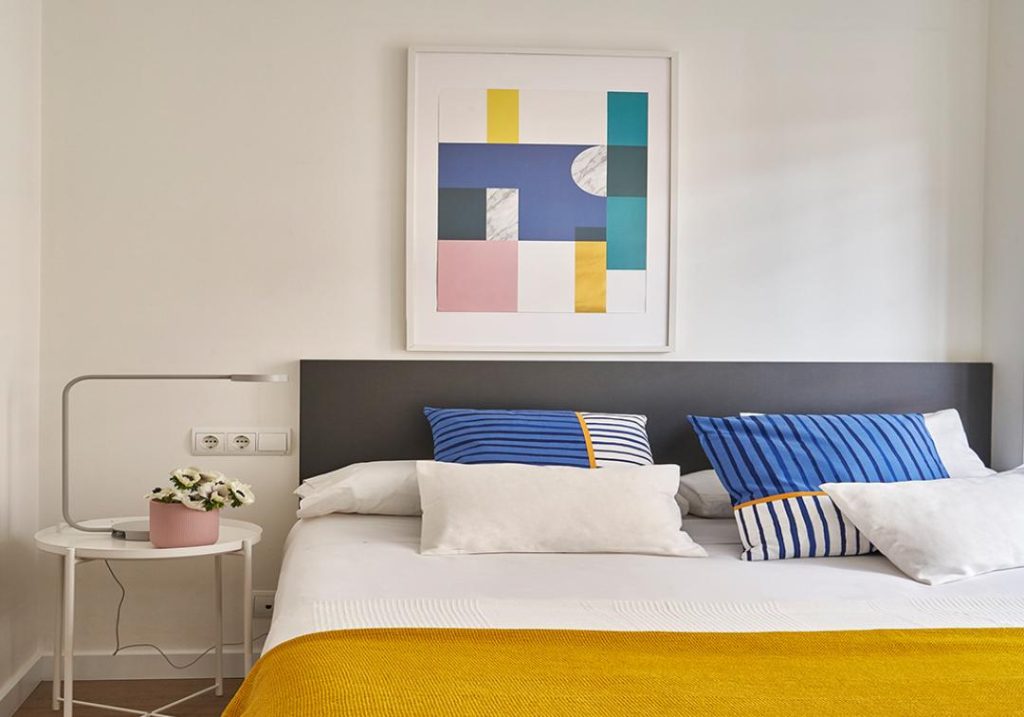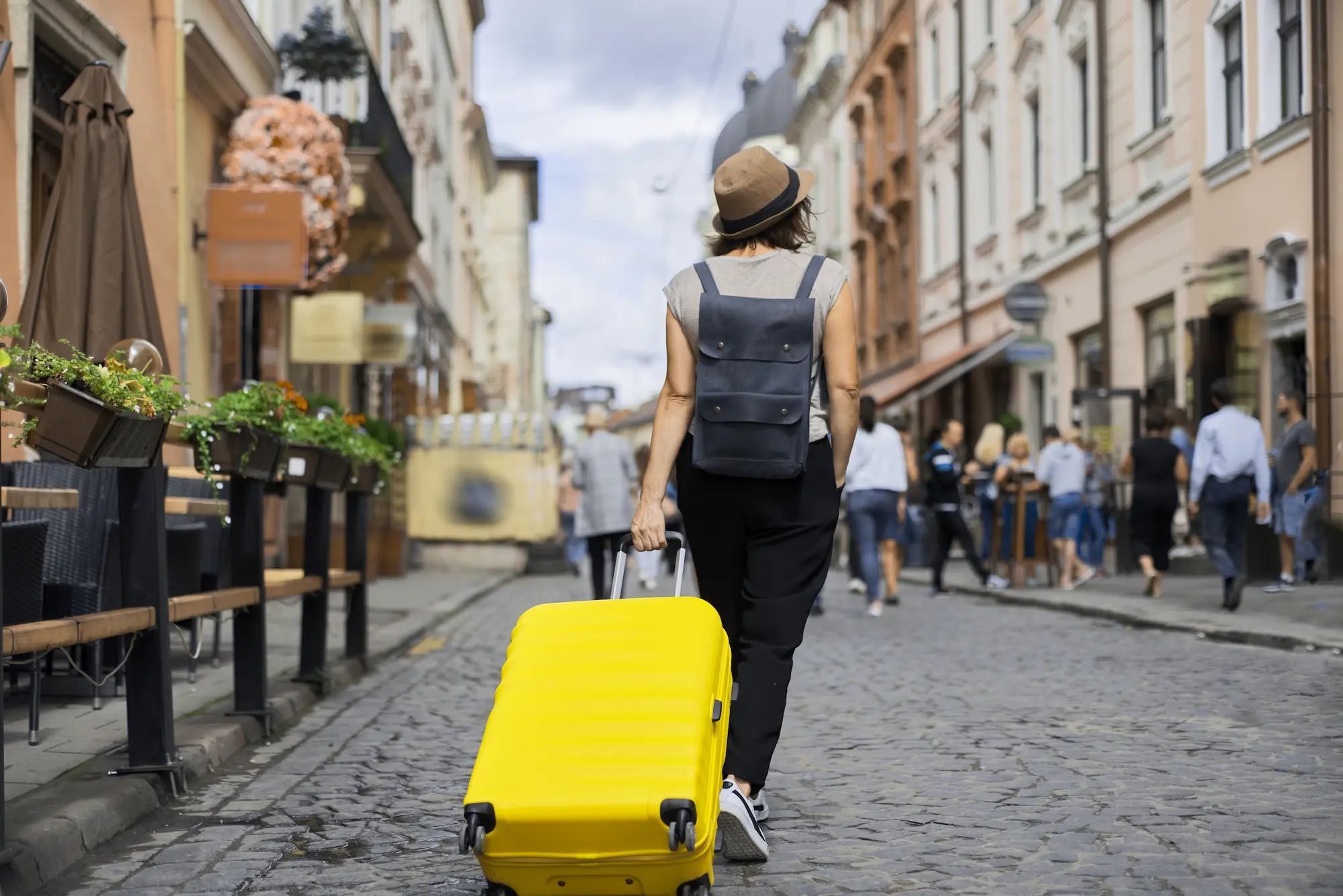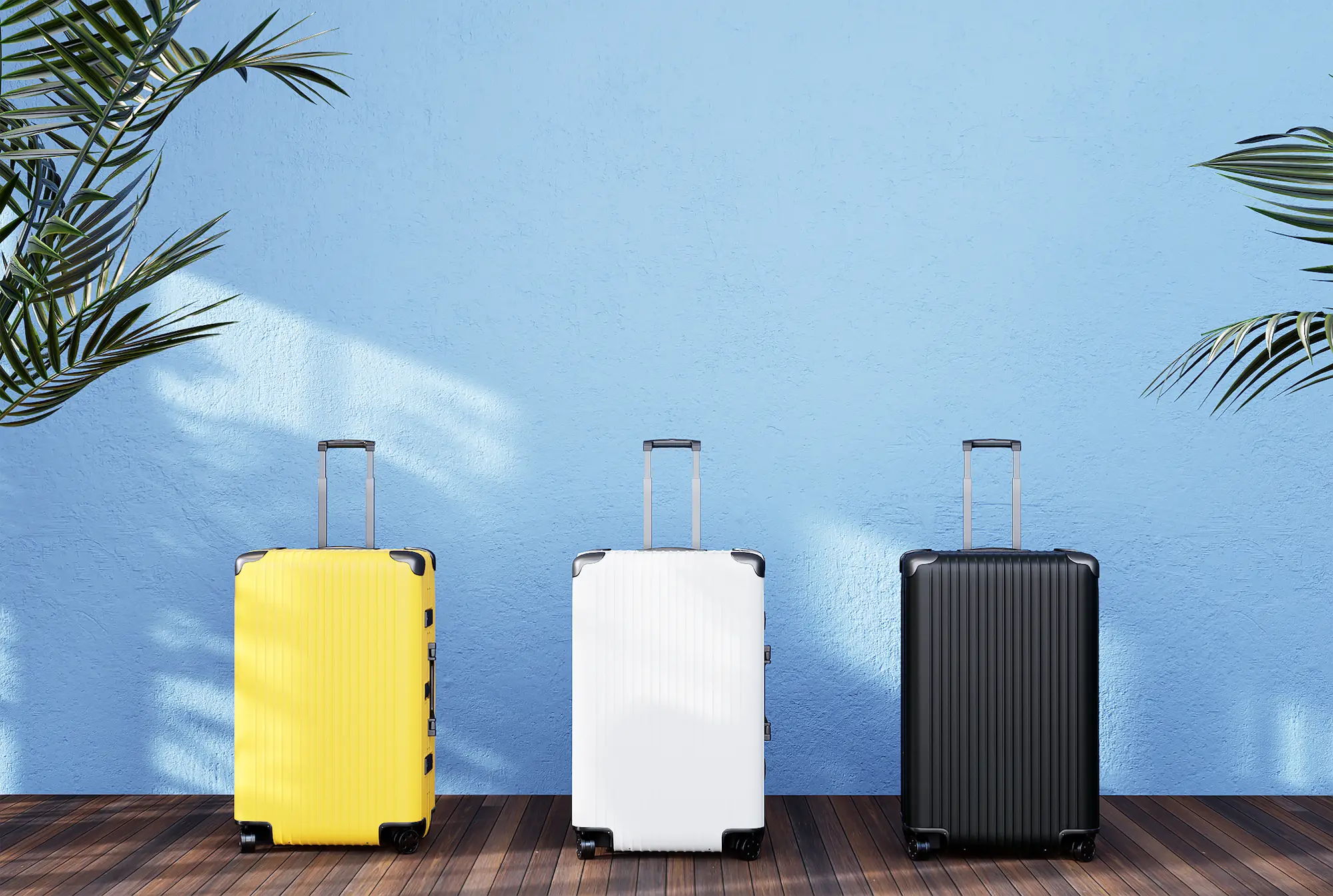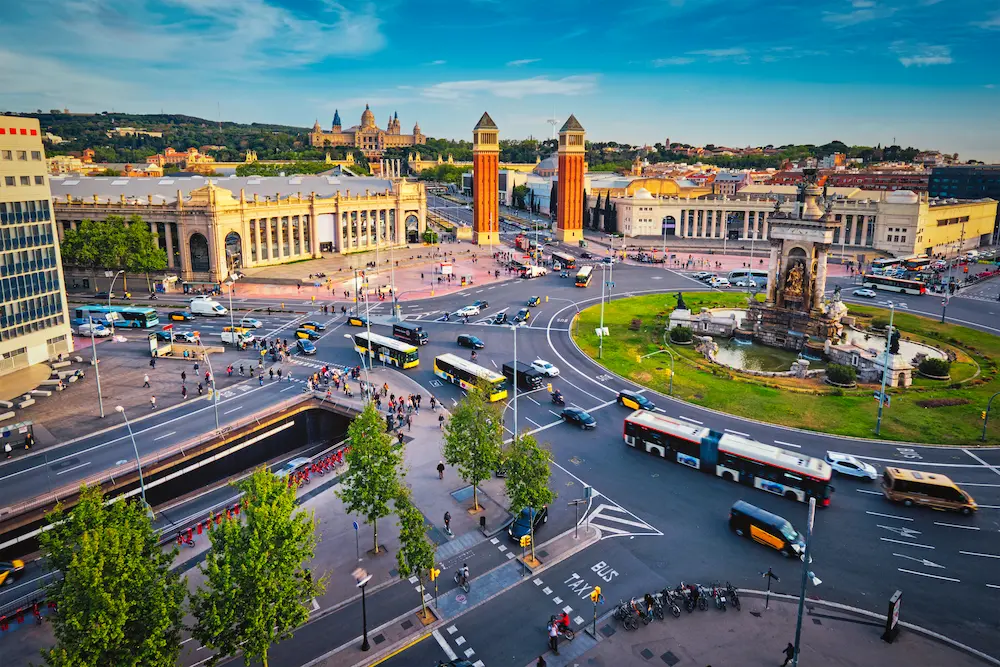- 1 COLONIA GÜELL, SANTA COLOMA DE CERVELLÓ
- 2 COLONIA SEDÓ, ESPARRAGUERA
- 3 COLONIA VIDAL, PUIG-REIG
- 4 COLONIA BORGONYÀ, SANT VICENÇ DE TORELLÓ
- 5 ANÍS DEL MONO MODERNIST FACTORY, BADALONA
- 6 CULTURAL PARK OF THE SALT MOUNTAIN OF CARDONA
- 7 MUSEUM OF SCIENCE AND TECHNOLOGY OF CATALONIA (MNACTEC), TERRASSA
- 8 ASLAND CEMENT MUSEUM OF CASTELLAR DE N’HUG
- 9 MUSEUM OF THE MINES OF CERCS, COLÒNIA SANT CORNELI, CERCS
- 10 PAPER MILL MUSEUM OF CAPELLADES
For those who travel to Barcelona for the first time, the modernist architecture of Barcelona is an unmissable claim. However, not everyone stops to think about what it is that made it possible. And although Gaudí’s overflowing inspiration played a decisive role, his designs would have remained on paper if no other factor had intervened: the money of local entrepreneurs. Hence, industrial tourism in Barcelona is an excellent way to approach an episode that changed the destiny of the Catalan capital, making it one of the main manufacturing centers in southern Europe in the 19th century.
Some of the places to see in Poblenou, the neighborhood where our holiday apartments in Barcelona are located, already give us clues about this period. Of course, there are many other points of interest that will help you get acquainted to the Industrial Revolution in Barcelona and its province: industrial colonies, period factories open to the public, museums, mines … So you know some of the most important, here are 10 sites you can’t miss.
COLONIA GÜELL, SANTA COLOMA DE CERVELLÓ
Belonging to the municipality of Santa Coloma de Cervelló and located just 20 km from the city of Barcelona, Colonia Güell is one of the largest of the many built on the banks of the Llobregat River. The complex stood out for its architectural quality and for exclusively using steam energy from its origins, when other colonies still operated with hydraulic energy. It was partly built by construction master Francesc Berenguer i Mestres and the architect Joan Rubió i Bellver. Architect Antoni Gaudí projected the church, although only the crypt was built (after the death in 1918 of his patron, Eusebi Güell, his heirs disregarded the project). In 2005, it was declared a World Heritage Site by UNESCO.
In addition to the workers’ homes, Colonia Güell had a school, shops, a theater, an inn, a hospital, a cooperative, a chapel and a factory that operated until 1973. Today, the entire site is open to visitors.
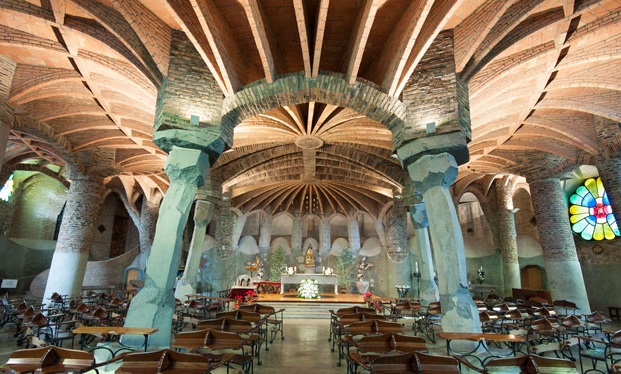
COLONIA SEDÓ, ESPARRAGUERA
Another textile colony on the Llobregat River in which industrial tourism is present is the Sedó Colony, in Esparraguera and next to the Montserrat mountain. Founded in 1846, it consists of several industrial buildings that were in operation until 1980, chimneys, an aqueduct, houses for workers, a church and a school. The constructions, which are very simple, are of stone and brick, with gable roofs. The place also hosts the Sedó Colony Museum, which brings visitors closer to the daily life of this cotton colony through an audiovisual and the impressive Planas turbine, of 1400 hp.
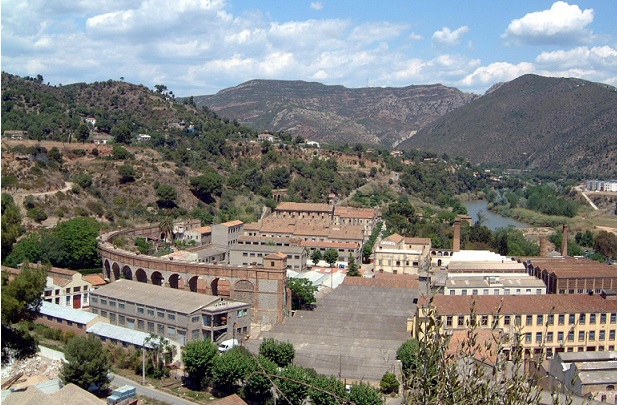
COLONIA VIDAL, PUIG-REIG
Also on the banks of the Llobregat, we find the Colonia Vidal or Cal Vidal, which owes its name to the person who founded it in 1882 (however, it did not start operating until 1901): the industrialist Ignasi Vidal i Balet. In addition to the productive elements – including the factory – and housing for workers and owners, it also has all the typical services of the colonies: the church, a convent, a school, a theater-cinema, a bar, shops, public showers and a bank branch. The closure of the factory, as in the previous case, occurred in 1980.
The place served as inspiration for the novel Olor de colònia (2009) by Sílvia Alcàntara, which was later adapted to TV as a miniseries.
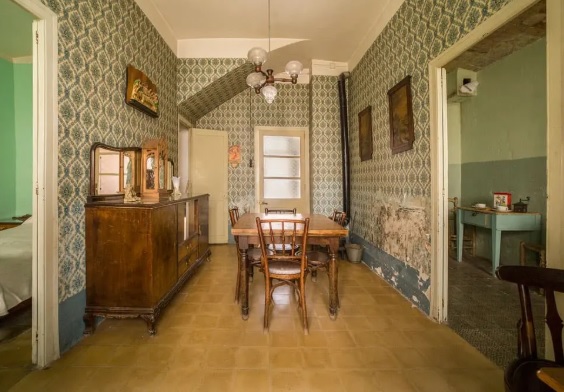
COLONIA BORGONYÀ, SANT VICENÇ DE TORELLÓ
We close our proposal of industrial colonies with one located next to the Ter river, very close to the road that goes from Barcelona to Berga. It is one of the largest and most emblematic textile colonies of those along that river. Due to the Anglo-Saxon origin of its founders, its urbanism presents some peculiarities: for example, it had a football field, something unprecedented in the years of the Industrial Revolution. It also offered all kinds of services to workers during the years it was active. Popularly it was known as the Colony of the English, despite the Scottish origin of the founders of the colony, Coats, which were later associated with the Catalan Fabra family, thus forming the well-known Fabra i Coats of Barcelona, located in the Sant Andreu district, were dedicated to the manufacture of Sewing thread.
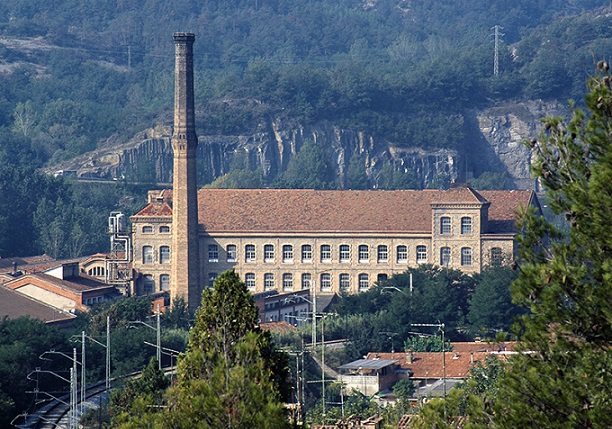
ANÍS DEL MONO MODERNIST FACTORY, BADALONA
Although we have already referred to this old factory in our article on unusual places to visit in Barcelona, it is worth adding it to our proposals for industrial tourism in Barcelona. The factory was founded by José and Vicente Bosch in 1870 and still retains an old distillation room and several elements of modernist style. Touring its dependencies, you can see how the famous Anise of the monkey was produced, an aniseed liquor, and another very common drink in Catalan homes: Aromas de Montserrat.
The factory can only be visited on the third Sunday of each month, except in July and August. The day after, tickets for the next month’s visit go on sale. To reserve them, you can call in the morning at (+34) 93 384 17 50. The factory is located in Badalona, next to Barcelona, so you can get there by train from the center of the Catalan capital.
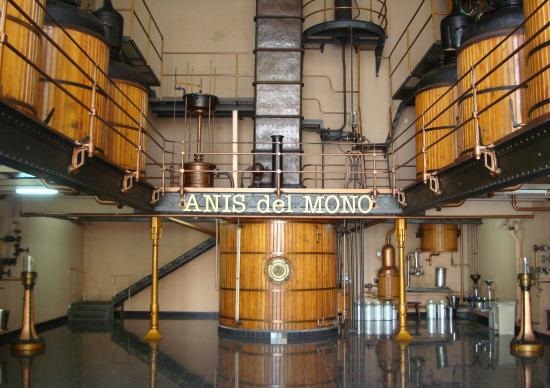
CULTURAL PARK OF THE SALT MOUNTAIN OF CARDONA
Cardona is one of the most charming medieval villages near Barcelona, but also a must-see destination for those who wish to approach traditional ways of life in this province. In addition to a superb castle and an imposing Romanesque collegiate church, this town also accommodates the Cultural Park of the Salt Mountain, located in a geological formation that was already exploited in Roman times. After the closure of the mine inside, which was in operation between 1929 and 1990 to extract potash, the facilities were conditioned for tourists. Guided tours are also organized inside the galleries excavated inside the mountain, full of beautiful stalactites and stalagmites.
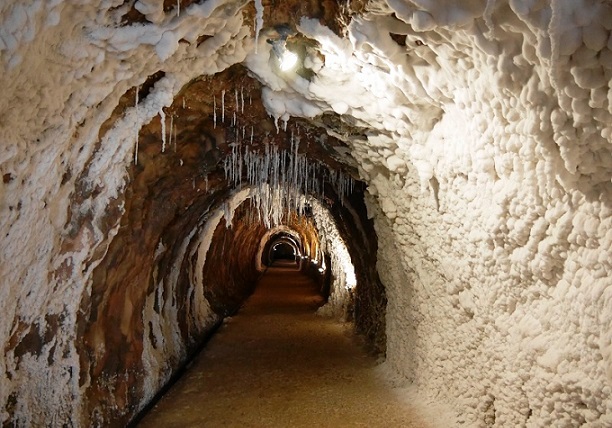
MUSEUM OF SCIENCE AND TECHNOLOGY OF CATALONIA (MNACTEC), TERRASSA
Another place to do industrial tourism in Barcelona is the Museum of Science and Technology of Catalonia. Its headquarters are in the city of Terrassa, in an old textile factory in the Rambla de Ègara: the Aymerich, Amat and Jover Vapor. The building, designed by the architect Lluís Muncunill and built between 1907 and 1908, is considered one of the main examples of modernist industrial architecture in Catalonia. The old industrial spaces of the textile factory are still preserved and are one of the main attractions of the museum.
If you stay in our apartments on the beach of Barcelona, you can reach Terrassa by train, both with Renfe and with the Ferrocarrils de la Generalitat de Catalunya (FGC).
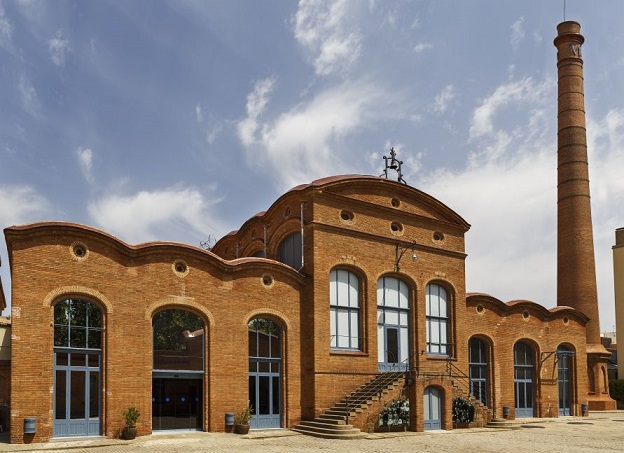
ASLAND CEMENT MUSEUM OF CASTELLAR DE N’HUG
This modernist factory, located in the Clot del Moro area and in the municipality of Castellar de n’Hug (Berguedà), was promoted in 1901 by the industrialist Eusebi Güell. Its importance is that it was the first industrial cement factory in Catalonia and the first to install rotary kilns in Spain. In operation since 1904, it closed its doors definitively in 1975. In 1992 it became a museum and in 2005 it was declared a Cultural Asset of National Interest.
In the immediate vicinity, you cannot miss the place where the Llobregat River is born, in Castellar de N’Hug, or the Can Artigas Gardens, designed by Gaudí and located in the Pobla de Lillet.
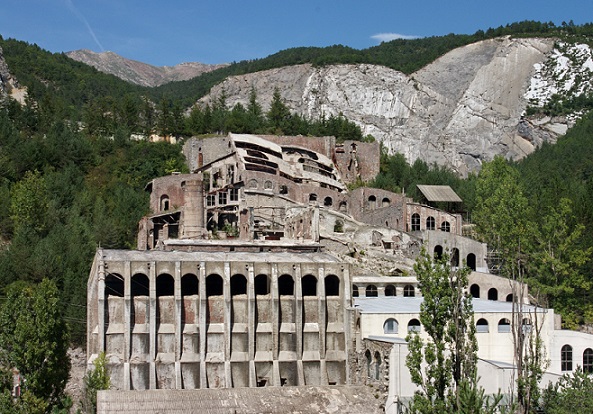
MUSEUM OF THE MINES OF CERCS, COLÒNIA SANT CORNELI, CERCS
The Museum of the Mines of Cercs, created in 1999, is dedicated to coal mining. The visit includes a permanent exhibition, located in the old Hogar del Minero building, as well as a 450 m journey in a wagon towards the interior of the Sant Romà gallery, returning to the exterior by walking through the mine itself. This guided tour allows you to see the harsh working conditions inside the mine at different periods. The gallery opened in 1885 and was later exploited by the Carbones de Berga, S.A. company, founded in 1911 and which remained active until 1991.
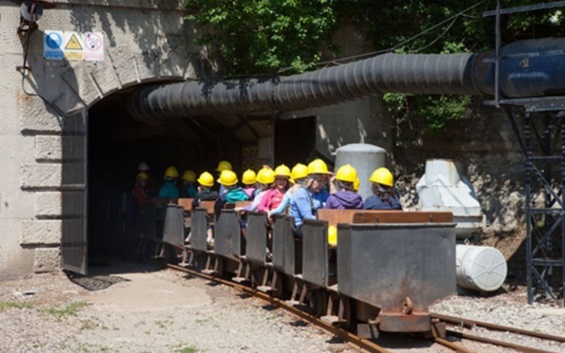
PAPER MILL MUSEUM OF CAPELLADES
This place, which is recommended as one of the excursions from Barcelona that we have suggested in blog, is also a good option for cultural tourism in Barcelona. This museum is located in the building of the old paper mill called Molí de la Villa, which preserves the structure of the 18th century mills. Visiting its facilities, you will know how paper was produced in the past. In addition, this museum also organizes workshops in which visitors can make their own sheet of paper.
As always, we invite you to discover these places during your holidays in Barcelona and, if you know of other cultural tourism proposals, send us a comment with your suggestions. We will be delighted to extend the list!
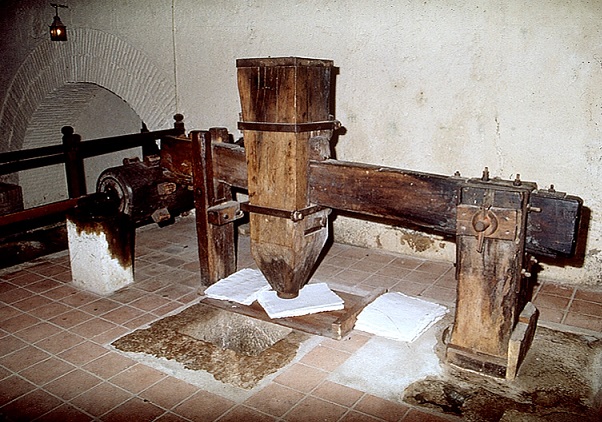
MORE INTERESTING STUFF
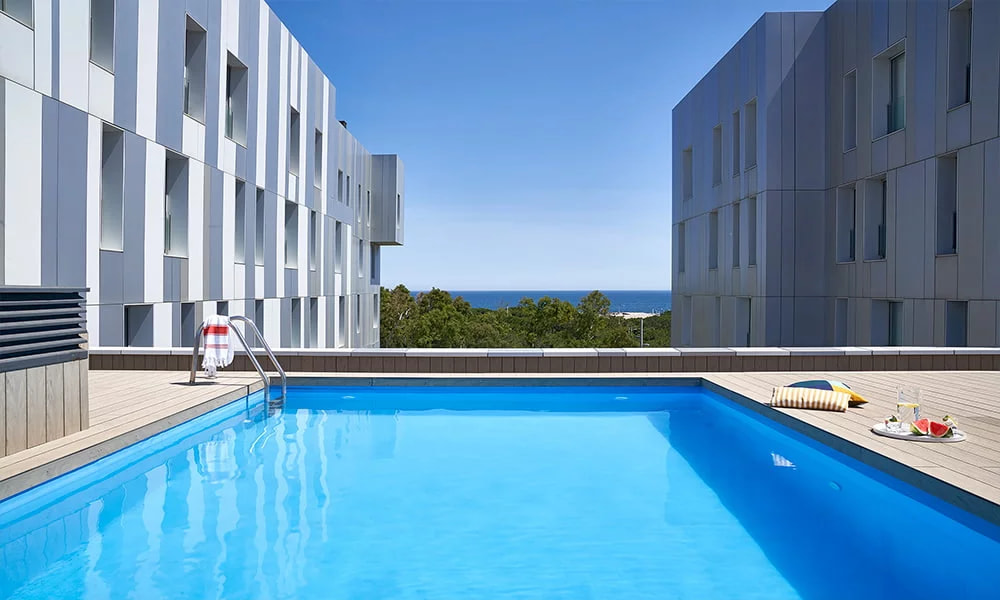
Holiday apartments by the beach in Barcelona
Since 2010, Lugaris Apartaments has been offering you the best holiday rental flats in Barcelona, perfect for a family holiday, with friends or as a couple, or for medium-term stays.
You can choose between apartments near the beach in Barcelona, at Lugaris Beach, with sea views, 2 swimming pools (one for adults and one for children) and capacity for up to 6 people, and the Lugaris Rambla flats, located on the Rambla de Poblenou and just 300 m from Bogatell beach, with a balcony or terrace of up to 22 m2 and ideal for couples or families and groups of up to 5 people. All our luxury flats in Barcelona are air-conditioned and equipped with all the appliances, furniture and bed linen you will need during your stay. They also have satellite TV and free high-speed Wi-Fi connection, as well as a safe and a 24-hour private security service.
What’s more, when you make your booking, you can reserve many other additional services: international press in your flat, parking space, transfer service to and from Barcelona airport, bicycle hire, supermarket shopping, museum, sports and show tickets, babysitting service and much more.
For more information, contact Lugaris Apartments without obligation.

